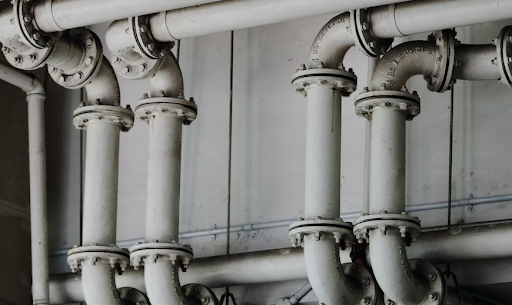One of the most important aspects of any home is its plumbing system. Setting up plumbing in your home can seem daunting if you’ve never done it before.
But with the right tools and information, you’ll be able to install all of your pipes, faucets, and drains and save tons of money in the long run.
In this guide, we’ll give you five easy steps to water heater repair like a professional, so you don’t waste time and money fixing problems.
Step 1: Planning
Your first step is to assess the current status of your home’s plumbing. Is there any damage or leaks? If so, you’ll need to fix those before proceeding with anything else. Otherwise, you’re good to go.
If you are installing a new toilet, shower, tub, sink, or water heater, make sure that the inlet pipe at each fixture is connected correctly and closed off to avoid leaking.
Step 2: Picking out Products
Picking out the right products for your project is important and can be confusing at times. You don’t want to pick the wrong product because it will either cost you more money in the long run or won’t last as long.
For example, some copper pipes are better than other types because they have different properties, such as easier installation and greater corrosion resistance. Also, some materials are better for certain climates than others.
For example, PVC pipe does not perform well under extremely cold conditions. So, if you live in a cold climate, it’s best to use materials that are appropriate for these temperatures. Moreover, you can also consult an expert of an emergency water damage restoration company about the products you can pick for your plumbing system.
Step 3: System Design
The main decision in designing your home plumbing system is to first decide how many fixtures (faucets, sinks, and toilets) will be present in your home. The size of the house, the number of family members, and the features desired will help determine this.
For example, a large family with six people may need more than one sink in their kitchen and two bathrooms. On the other hand, a small family who only cooks once or twice a week might only need one single fixture. In general, you can go by using one sink for every five people and 1 bathroom per 5 people.
Step 4: Design Implementation
Now that you know what you’ll need and how to install it, all there’s left to do is put in the pipes and faucets. All there’s left to do now is connect everything together.
In case it doesn’t work, it means you may have installed one of the pieces incorrectly. So, try reversing it and see if that fixes it or not.
Step 5: Maintenance
Now that you have implemented all the fixtures according to the decided design, it’s time to properly maintain and care for it. It is recommended that you should maintain plumbing fixtures once every two years. The following are some maintenance tasks that you can do on a monthly basis:
- Check the water pressure regularly
- Make sure that all the toilets are flushed, and no toilet is running continuously
- Clean out the pipes with a simple solution of baking soda and vinegar





